When designing or upgrading a power plant, it may seem safer to select a larger boiler than required to handle potential load increases. However, oversizing a power plant boiler can lead to serious efficiency losses, higher operating costs, and premature equipment wear. Many facilities end up paying for excess capacity that is never fully utilized, while struggling with unstable operations.
If you oversize a power plant boiler, the system will operate below its optimal load range, leading to reduced efficiency, higher fuel consumption, frequent cycling, increased thermal stress, and greater emissions. Oversized boilers also require larger auxiliary equipment, more maintenance, and higher capital investment without providing proportional performance benefits. In extreme cases, it may even shorten the boiler’s service life and compromise plant economics.
This makes proper boiler sizing essential for achieving efficiency, stability, and cost-effectiveness in power generation.
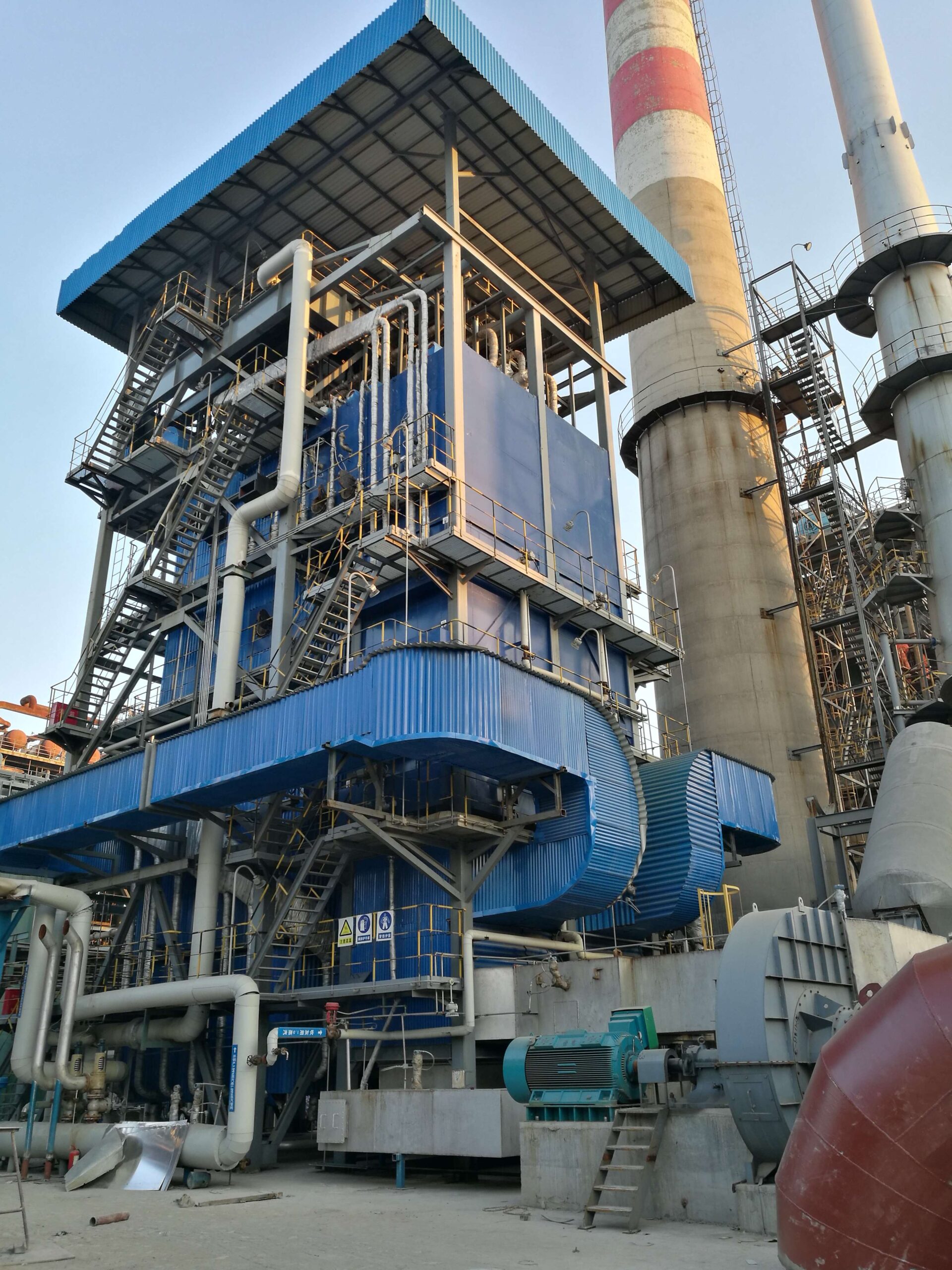
Why Is Correct Boiler Sizing Critical for Power Plant Operations?
In power plants, boilers are the heart of the entire energy system—responsible for converting fuel into steam that drives turbines and generates electricity. An incorrectly sized boiler can cause major inefficiencies, high operating costs, or even safety risks. That’s why precise boiler sizing is one of the most important steps in power plant design and operation.
In short: Correct boiler sizing ensures the system meets peak demand without oversizing, optimizes fuel efficiency, protects equipment from stress, and guarantees reliable power supply for continuous operations.
🔹 Risks of Undersized Boilers
Inability to Meet Load: May fail to supply enough steam during peak power demand.
System Stress: Continuous overfiring or overloading shortens boiler lifespan.
Unplanned Outages: Increased risk of tripping under high load conditions.
Reduced Efficiency: Operating beyond design capacity raises fuel consumption.
🔹 Risks of Oversized Boilers
High Capital Cost: Oversizing requires larger initial investment with low ROI.
Part-Load Inefficiency: Boilers run less efficiently at reduced loads, wasting fuel.
Frequent Cycling: Start-stop cycles increase wear and tear, reducing equipment reliability.
Space and Civil Costs: Larger units require more structural support and footprint.
🔹 Boiler Sizing Factors for Power Plants
| Key Factor | Why It Matters |
|---|---|
| Power Output (MW) | Determines steam flow requirements |
| Turbine Steam Conditions | Required pressure & temperature set boiler design |
| Fuel Type | Different calorific values affect furnace size & heat transfer |
| Operating Hours | Base-load vs. peak-load operation impacts sizing |
| Future Expansion | Designing margin for future capacity needs |
| Altitude & Climate | Air density and cooling affect combustion & efficiency |
🔹 Benefits of Correct Sizing
Efficiency Optimization: Boilers run at peak performance most of the time.
Cost Savings: Balanced capital cost vs. operational expense.
System Reliability: Less cycling stress, longer component life.
Regulatory Compliance: Meets emissions targets with stable combustion.
Flexibility: Right-sized units allow load-following and grid stability.
✅ Bottom line: Correct boiler sizing is critical for power plant performance, efficiency, and safety. A properly sized system avoids waste, prevents downtime, and ensures reliable electricity generation, making it a strategic investment in long-term plant stability.
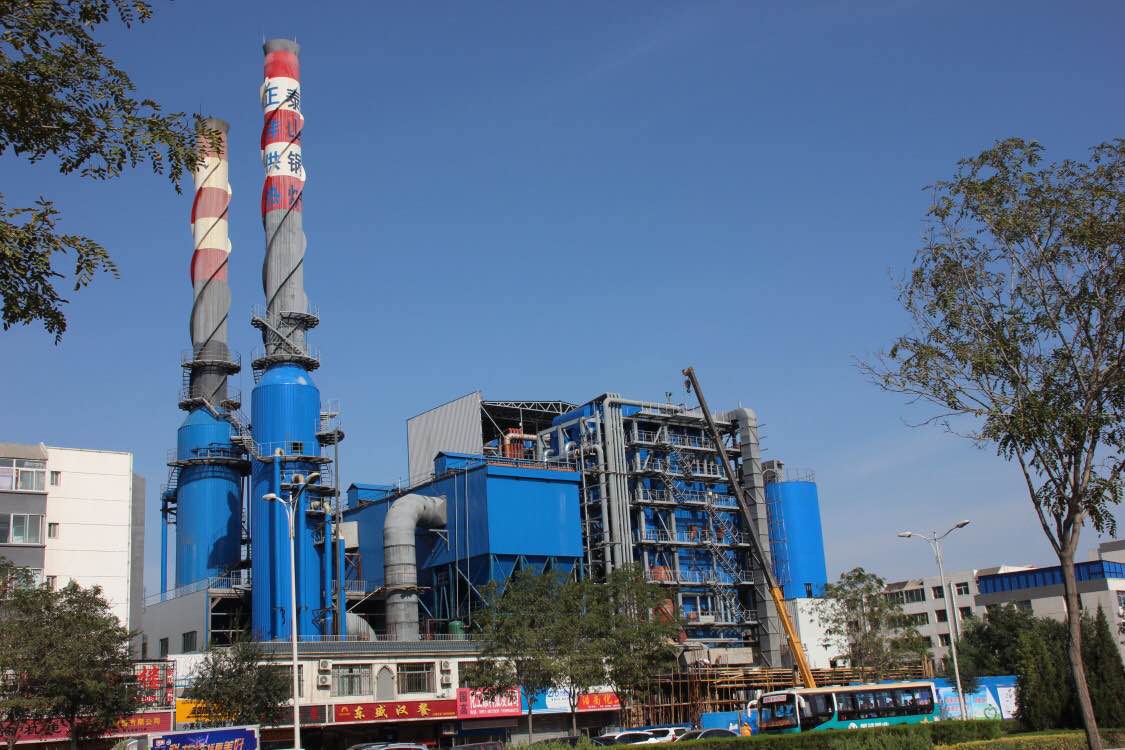
How Does Oversizing Affect Fuel Efficiency and Operating Costs?
When purchasing or designing an industrial boiler, many plants assume that “bigger is safer.” However, oversizing a boiler often leads to higher costs and lower efficiency throughout its life cycle. A boiler that is too large for actual demand not only wastes fuel but also increases maintenance and reduces overall reliability.
In short: Oversized boilers operate inefficiently at partial loads, cycle more frequently, and consume more fuel than necessary, driving up both operating costs and lifecycle expenses.
🔹 Why Oversized Boilers Waste Fuel
Part-Load Operation: Boilers are most efficient at 70–90% load. Running at 30–50% load increases heat losses and lowers combustion efficiency.
Short Cycling: Frequent start-stop cycles waste fuel during ignition and purge phases.
Heat Losses: Large heating surfaces lose more energy to the environment when not fully utilized.
Increased Blowdowns: Bigger boilers produce more water volume, requiring more frequent blowdowns and higher energy loss.
🔹 Cost Implications of Oversizing
| Impact Area | Oversized Boiler Effect | Cost Consequence |
|---|---|---|
| Fuel Consumption | Burns more fuel per unit of steam produced at partial load | Higher energy bills |
| Maintenance | More cycling = stress on burners, valves, and refractory | Increased repair & replacement costs |
| Capital Cost | Larger upfront investment with lower ROI | Wasted capital |
| Efficiency | Drops by 5–15% compared to right-sized unit | Long-term losses |
| Lifetime | Components wear faster | Shorter service life |
🔹 Real-World Example
A 20-ton/hr boiler installed for a plant that actually needs only 12 tons/hr will frequently cycle at 50–60% load.
Over a year, this mismatch can add 5–10% extra fuel costs, which in large plants equals hundreds of thousands of dollars wasted annually.
🔹 Why Right-Sizing Matters
Lower Operating Costs: Boilers run near optimal efficiency.
Longer Life: Fewer cycles reduce wear.
Environmental Benefits: Lower CO₂ and NOx emissions.
Scalable Options: Modular boilers can meet future expansion without oversizing upfront.
✅ Bottom line: Oversizing is one of the costliest mistakes in boiler procurement. Instead of “playing it safe,” plants should perform accurate load calculations and consider modular solutions to balance capacity, efficiency, and cost-effectiveness.
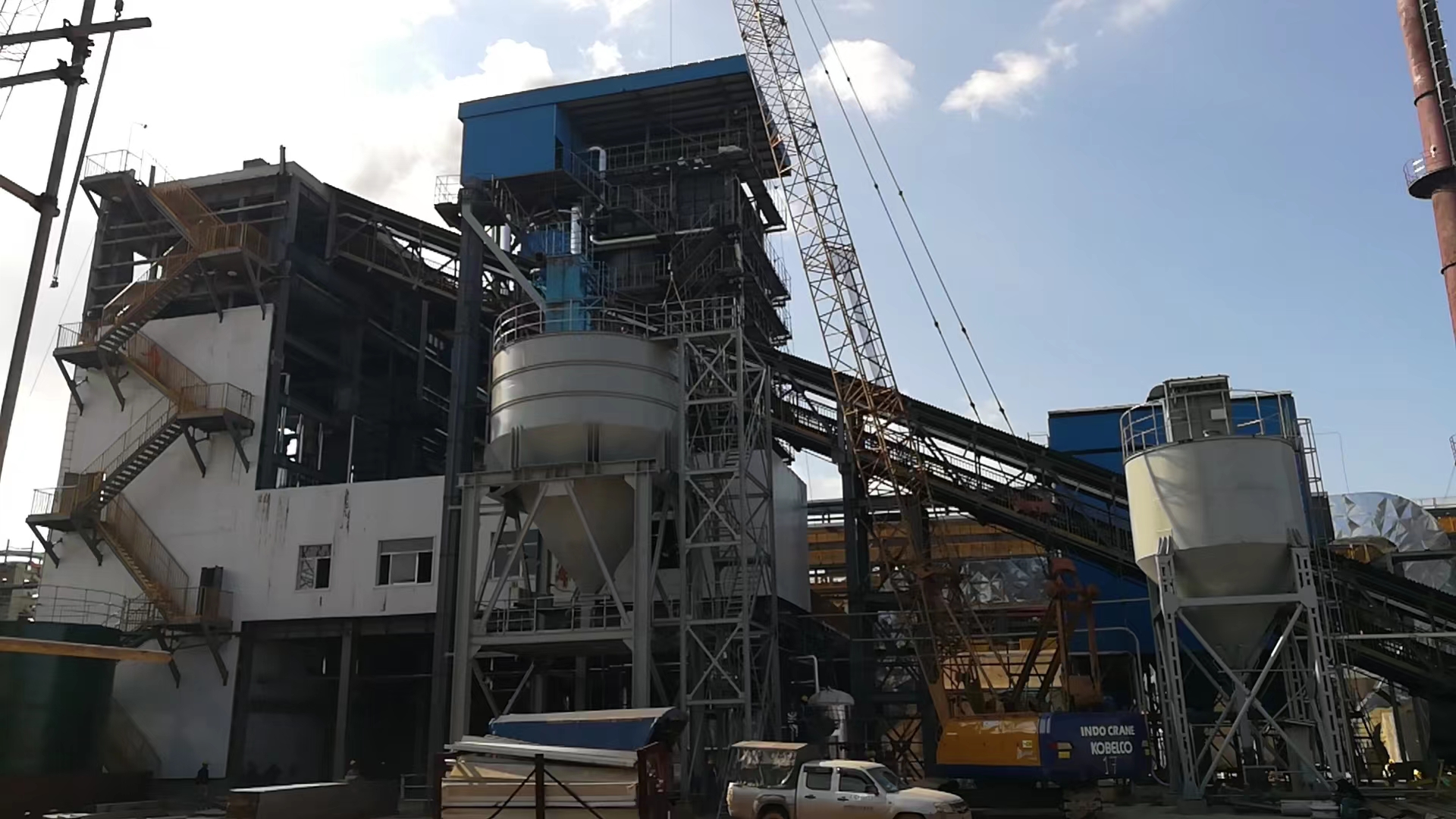
What Operational Problems Occur When Boilers Run Below Design Load?
Industrial boilers are designed to operate most efficiently within a specific load range—typically 70–90% of their rated capacity. When a boiler runs significantly below this design load, performance suffers, and a range of operational problems can arise.
In short: Running boilers below design load leads to efficiency losses, unstable combustion, increased cycling, higher maintenance needs, and potential safety risks. Over time, this lowers reliability and drives up operating costs.
🔹 Key Operational Problems at Low Load
| Problem | Cause | Impact |
|---|---|---|
| Lower Efficiency | Heat transfer surfaces underutilized, high standby losses | Higher fuel consumption |
| Unstable Combustion | Flame instability at low firing rates | Risk of incomplete combustion & higher CO/NOx |
| Frequent Cycling | Boiler starts and stops more often to meet demand | Increased wear on burners, valves, and controls |
| Wet Steam & Carryover | Reduced steam velocities lead to moisture carryover | Poor steam quality damages turbines/equipment |
| Corrosion & Fouling | Flue gas condensation at low temps | Shorter tube life, more maintenance |
| Poor Water Chemistry Control | Blowdown cycles less effective | Scaling, corrosion, and efficiency loss |
| Reduced Turndown Limit | Burner cannot modulate below a safe minimum | Requires shutdowns, affecting process continuity |
🔹 Practical Example
A 15-ton/hr boiler operating at 30% load (≈ 4.5 tons/hr):
Efficiency may drop by 10–15% compared to full load.
Increased cycling could double burner ignitions, accelerating wear.
Poor steam quality can cause downstream equipment fouling or turbine blade erosion.
🔹 Why It Matters for Operators
Costly fuel waste from inefficient combustion.
Increased maintenance downtime due to cycling-related damage.
Safety risks if flameouts or wet steam cause pressure/temperature instability.
Lower equipment lifespan, leading to premature replacement costs.
✅ Bottom line: Operating below design load is not just inefficient—it creates mechanical, chemical, and safety challenges for industrial boilers. To avoid these issues, facilities should consider right-sizing, modular boilers, or load management strategies that keep equipment within its optimal performance range.

How Does Oversizing Impact Auxiliary Equipment and Maintenance Needs?
When boilers are oversized, the negative effects extend beyond the boiler itself. Auxiliary equipment—such as burners, pumps, fans, feedwater systems, and controls—is also forced to operate inefficiently and under conditions that increase wear and maintenance demands.
In short: Oversized boilers make auxiliary equipment cycle more often, run inefficiently, and require more frequent servicing, which increases overall maintenance costs and reduces system reliability.
🔹 Impacts on Auxiliary Equipment
| Auxiliary Equipment | Effect of Oversizing | Maintenance Consequence |
|---|---|---|
| Burners | Frequent on/off cycling at low loads | Nozzle wear, ignition failures, higher tuning needs |
| Fans (FD/ID/PA) | Operate at part load with poor efficiency | Bearing stress, vibration, higher energy use |
| Feedwater Pumps | Oversized pumps deliver excess flow, throttled back | Cavitation, seal wear, wasted energy |
| Controls & Sensors | More frequent adjustments due to unstable load | Faster drift, recalibration required |
| Steam Drum & Blowdown | Larger volume leads to more carryover and frequent blowdowns | Increased water treatment and downtime |
| Air Preheaters & Economizers | Suboptimal flue gas temps at part load | Fouling, reduced heat recovery efficiency |
🔹 Maintenance and Cost Consequences
Higher Wear and Tear: Cycling shortens life of moving parts like pumps and fans.
Increased Service Frequency: Burners and valves require more tuning due to unstable combustion at low loads.
Energy Waste: Auxiliaries run inefficiently, raising electricity costs.
Water Treatment Costs: Larger, less efficient blowdowns waste chemicals and treated water.
Spare Parts Demand: More frequent failures mean higher inventory and replacement costs.
🔹 Example Scenario
A plant installs a 20-ton/hr boiler but needs only 12 tons/hr on average.
Burners cycle up to twice as often, reducing their lifespan by several years.
Feedwater pumps operate well below their Best Efficiency Point (BEP), leading to cavitation and early seal failure.
Increased blowdowns raise annual water treatment costs by 10–15%.
🔹 Why It Matters for Operators
Hidden maintenance costs often exceed the perceived “safety margin” of oversizing.
Auxiliary failures can cause unexpected downtime, even if the boiler itself is fine.
Efficiency losses compound over years, leading to higher lifecycle costs.
✅ Bottom line: Oversizing doesn’t just hurt boiler efficiency—it stresses auxiliary equipment, increases maintenance frequency, and raises hidden operating costs. Correct sizing or modular systems ensure auxiliaries run closer to their design point, improving both reliability and cost-effectiveness.
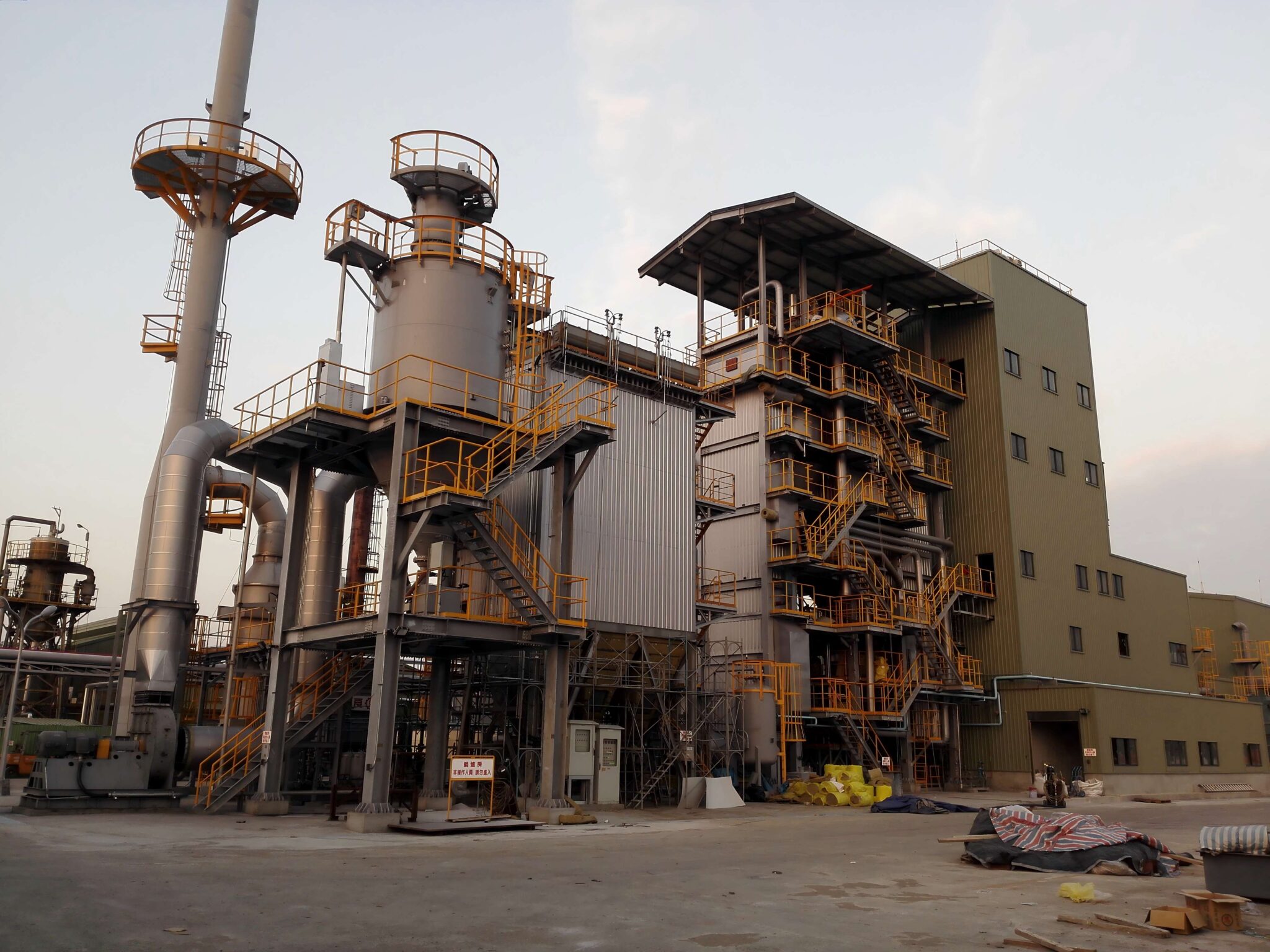
What Are the Long-Term Financial and Environmental Consequences of an Oversized Boiler?
Choosing an oversized industrial boiler may seem like a safe option to handle peak loads, but in reality, it carries serious long-term financial and environmental drawbacks. The bigger-than-needed system rarely operates at its design efficiency, wastes fuel, stresses auxiliary equipment, and produces unnecessary emissions over its service life.
In short: An oversized boiler increases lifetime operating costs, accelerates equipment wear, and leads to higher greenhouse gas and pollutant emissions, making it both financially inefficient and environmentally harmful.
🔹 Long-Term Financial Consequences
| Cost Area | Oversizing Impact | Long-Term Effect |
|---|---|---|
| Fuel Costs | Lower efficiency at part load + frequent cycling | 5–15% higher annual fuel bills |
| Maintenance Costs | More wear on burners, pumps, fans, and controls | Increased repair and spare parts spending |
| Capital Investment | Larger unit requires higher upfront cost | Slower ROI, wasted capital |
| Downtime Risk | Auxiliary failures from stress | Lost production time and higher emergency service costs |
| Lifecycle Cost | Compounded fuel + maintenance losses | Tens of thousands to millions wasted over 15–20 years |
Example:
A plant that needs 10 tons/hr of steam installs a 15-ton/hr boiler. At partial load, it loses ~8% efficiency, adding $50,000–$100,000 in extra fuel cost every year (depending on fuel prices). Over 20 years, that’s $1–2 million wasted, not including maintenance.
🔹 Long-Term Environmental Consequences
Higher CO₂ Emissions: Burning excess fuel for the same steam output increases greenhouse gas footprint.
Increased NOx and CO: Inefficient part-load combustion produces more pollutants, challenging regulatory compliance.
Water Waste: Larger systems require more frequent blowdowns, wasting treated water and chemicals.
Reduced Sustainability: Plants with oversized boilers struggle to meet corporate ESG goals and emissions targets.
Higher Carbon Penalties: In regions with carbon pricing, wasted fuel directly translates into financial penalties.
🔹 Why It Matters for the Future
Financial Impact: Oversizing drains profitability through higher fuel and maintenance bills.
Regulatory Risk: Plants risk fines or forced upgrades if emissions exceed tightening limits.
Reputation: Environmental inefficiency can damage a company’s image with customers and stakeholders.
Stranded Asset Risk: Oversized, inefficient boilers may become obsolete sooner in the transition to low-carbon fuels.
✅ Bottom line: An oversized boiler is not just a technical misstep—it’s a long-term financial liability and environmental burden. Correct sizing or modular solutions ensure lower fuel use, reduced emissions, and stronger compliance with future sustainability standards.
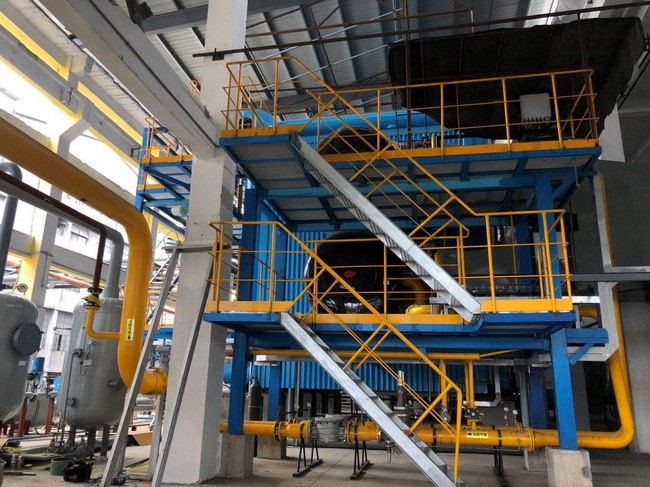
How can engineers accurately size a power plant boiler to avoid oversizing?
In the power generation industry, boiler oversizing is a common but costly mistake that leads to higher fuel consumption, inefficient operation, frequent cycling, increased maintenance costs, and reduced equipment lifespan. Engineers face the challenge of selecting a boiler capacity that ensures reliable steam generation without leading to wasted energy and capital. The solution lies in accurate boiler sizing through advanced load analysis, careful fuel consideration, and optimized design practices that balance efficiency with operational safety. This article will explain in depth how engineers can size boilers correctly to avoid the pitfalls of oversizing.
Engineers can accurately size a power plant boiler by performing detailed load calculations, analyzing peak and average steam demands, accounting for process variability, and applying safety margins carefully rather than excessively. Modern methods involve dynamic simulation modeling, historical load data analysis, and the use of digital twins, ensuring the boiler capacity matches real-world requirements instead of theoretical maximums.
Accurate sizing is critical not only for efficiency but also for sustainability and long-term performance. Oversizing reduces boiler load factors, wastes resources, and complicates emissions compliance. By reading further, you will discover specific methodologies, industry standards, and real-world case studies that demonstrate how to achieve optimal boiler sizing in different power plant applications.
Oversized boilers always provide safer operation in power plants.False
Oversized boilers cause low load operation, cycling losses, and unstable steam pressure, reducing safety and efficiency.
Dynamic simulation modeling helps optimize boiler sizing.True
Simulation tools allow engineers to predict demand variability and optimize boiler capacity accordingly.
Understanding the Consequences of Boiler Oversizing
Boiler oversizing occurs when engineers select a boiler with a capacity far greater than actual operational requirements. While the intention is often to ensure reliability, this approach has negative consequences. At part load operation, oversized boilers experience low combustion efficiency, poor steam quality, and frequent on-off cycling. Cycling stresses boiler tubes, refractory linings, and auxiliary components, leading to higher maintenance costs. Additionally, oversized boilers operate at lower load factors, meaning the plant consumes more fuel per unit of power generated. This inefficiency directly affects levelized cost of electricity (LCOE), carbon emissions, and competitiveness in the power market.
Oversizing is particularly problematic in combined heat and power (CHP) plants, where demand fluctuates significantly between seasons. An oversized boiler will underperform in summer when steam demand is low. For utility-scale plants, regulators and investors scrutinize fuel efficiency and emissions, meaning oversized boilers may lead to compliance challenges. In contrast, properly sized boilers operate closer to their design point, ensuring maximum thermal efficiency, stable steam production, and longer equipment lifespan.
Methods for Accurate Boiler Sizing
1. Historical Load Data Analysis
One of the most reliable methods is analyzing years of operational load profiles, including daily and seasonal demand variations. Engineers can calculate the 90th percentile demand and design the boiler capacity slightly above this level instead of sizing for theoretical maximums that rarely occur.
| Load Profile Analysis | Description | Application in Sizing |
|---|---|---|
| Peak Demand | Maximum recorded demand in the system | Used to determine upper boundary |
| Average Load | Typical operational demand | Helps establish baseline sizing |
| Load Duration Curve | Shows time spent at different loads | Guides boiler turndown requirements |
| Seasonal Variability | Differences between summer and winter | Ensures adaptability |
2. Dynamic Simulation Modeling
Using computational fluid dynamics (CFD) and digital twin technology, engineers can simulate various operating conditions, including fuel variation, startup/shutdown cycles, and transient loads. This approach enables optimization of boiler furnace volume, heat transfer surface area, and steam drum size, preventing oversizing.
| Simulation Technique | Benefits | Industry Use Case |
|---|---|---|
| CFD Analysis | Models combustion efficiency at different loads | Coal-fired boiler design |
| Digital Twin | Real-time monitoring and predictive sizing | Gas-fired combined cycle plants |
| Transient Modeling | Studies startup/shutdown impact | Flexible renewable integration |
3. Safety Margin Optimization
Traditional sizing approaches often apply 25–30% safety margins to avoid undersizing. Modern practices recommend smaller, data-driven margins (10–15%) since advanced control systems and modular boilers can handle variability more effectively.
Case Studies Demonstrating Optimal Boiler Sizing
Coal-fired power station in India: Initially designed with 30% oversizing, the plant reduced boiler size in a retrofit project, improving efficiency by 7% and reducing fuel costs by $2.5 million annually.
Biomass CHP plant in Europe: Applied dynamic simulation for seasonal demand, reducing oversizing margin from 25% to 12%. The result was more stable combustion and lower emissions.
Gas turbine cogeneration facility in the U.S.: Used digital twin analysis, achieving accurate boiler sizing and improving plant load factor by 11%.
Best Practices for Engineers
Conduct at least 5 years of load data analysis before finalizing boiler size.
Use simulation tools to account for demand fluctuations and process dynamics.
Apply optimized safety margins rather than default industry-wide numbers.
Consider modular boiler systems that allow flexible scaling instead of one oversized boiler.
Align boiler sizing with emissions compliance targets and fuel availability constraints.
Conclusion
Accurately sizing a power plant boiler is not just about avoiding technical mistakes—it is about ensuring efficiency, sustainability, and long-term economic viability. By leveraging historical data, dynamic simulations, and modern design practices, engineers can prevent oversizing, reduce fuel waste, and improve plant reliability.
🔍 Conclusion
Oversizing a power plant boiler results in higher costs, lower efficiency, and greater maintenance challenges without adding real value. Proper load analysis and accurate boiler sizing ensure optimized performance, lower emissions, and long-term operational reliability.
📞 Contact Us
💡 Worried about boiler sizing for your power project? We offer engineering consultation, load analysis, and complete EPC services to help you select the optimal boiler system.
🔹 Contact us today to ensure your power plant boiler is sized for maximum efficiency and reliability. ⚡🔥🏭✅
FAQ
What happens if you oversize a power plant boiler?
If a power plant boiler is oversized, it cannot operate efficiently under part-load conditions. The result is:
Lower efficiency – Running below design load reduces combustion and heat transfer effectiveness.
Increased fuel consumption – More fuel is burned per unit of electricity or steam produced.
Higher emissions – Incomplete combustion produces more CO₂, NOx, and particulates.
Frequent cycling – On-off cycles accelerate wear on burners, fans, and control systems.
Higher operating costs – Extra fuel and maintenance increase total lifecycle costs.
Why does boiler oversizing reduce efficiency?
Boilers are designed to run at optimal load ranges (70–90% of rated capacity). Oversizing causes boilers to operate at partial loads, leading to:
Poor air-fuel ratio control
Lower flue gas heat recovery
Higher standby and radiation losses
This means less energy from fuel is converted into usable steam or electricity.
How does oversizing affect maintenance and equipment life?
Oversized boilers undergo thermal cycling and operate inefficiently at partial load. This causes:
More wear on tubes, burners, and refractory linings
Frequent start-stop cycles, leading to thermal stress
Higher risk of corrosion and fouling from poor combustion efficiency
Result: Shorter equipment lifespan and higher repair costs.
What are the financial impacts of oversizing?
Capital cost waste – Larger boilers cost significantly more upfront.
Fuel cost increase – Up to 10–20% higher consumption compared to right-sized boilers.
Higher O&M costs – More frequent servicing and parts replacement.
Over time, the total cost of ownership rises significantly compared to a correctly sized unit.
How can power plants avoid boiler oversizing?
Perform a steam load analysis to determine true peak and average demand.
Use modular or multi-boiler systems for load flexibility.
Apply modern control systems to optimize part-load efficiency.
Consult OEMs and EPC contractors for correct boiler selection and sizing.
References
U.S. Department of Energy – Boiler Right-Sizing Guide – https://www.energy.gov
ASME – Boiler Design and Performance Standards – https://www.asme.org
Spirax Sarco – Boiler Sizing Considerations – https://www.spiraxsarco.com
Forbes Marshall – Boiler Efficiency and Load Matching – https://www.forbesmarshall.com
IEA – Power Plant Performance Studies – https://www.iea.org
Babcock & Wilcox – Boiler Optimization Practices – https://www.babcock.com
Cleaver-Brooks – Effects of Boiler Oversizing – https://www.cleaverbrooks.com
Engineering Toolbox – Boiler Load vs Efficiency – https://www.engineeringtoolbox.com
ResearchGate – Boiler Performance at Partial Loads – https://www.researchgate.net
ScienceDirect – Boiler Life Cycle Cost Analysis – https://www.sciencedirect.com

